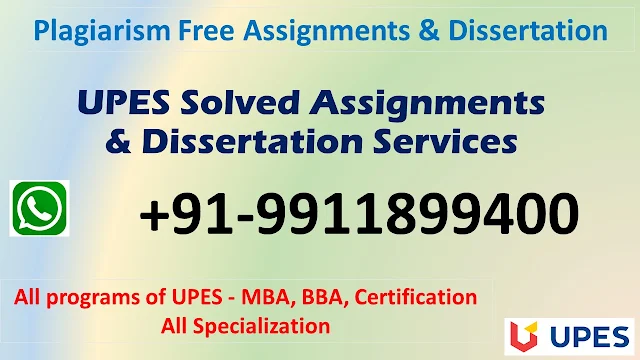MBA Solved Assignments & Project Report Help | IGNOU, NMIMS, UPES, Annamalai
.jpg)
MBA Solved Assignments & Project Report | Synopsis Preparation | Full Dissertation Support | Capstone Project – For All Universities (India & Abroad) We provide MBA Solved Assignments, Project Reports, Case Studies, Dissertations, and Research Guidance for students from Indian and International universities . Our services cover Master’s, Bachelor’s, Diploma, Certification, and Law programs , along with PhD coursework, Capstone Projects, and Synopsis preparation . ✔️ Available in soft copy and handwritten format ✔️ Customized assignments tailored to your university requirements ✔️ Fast approval and quality assurance Wide University Coverage We cover a large number of universities across India and abroad. Students trust our support for assignment preparation, project reports, dissertations, and synopsis writing . Some of the major universities we assist include: Indira Gandhi National Open University (IGNOU) – MBA MMPC solved assignments, MMPP001 synopsis/project re...


Comments
Post a Comment
Thanks for your response. For quick reply pleasee SMS, call or Whatsapp at +91-9911899400.